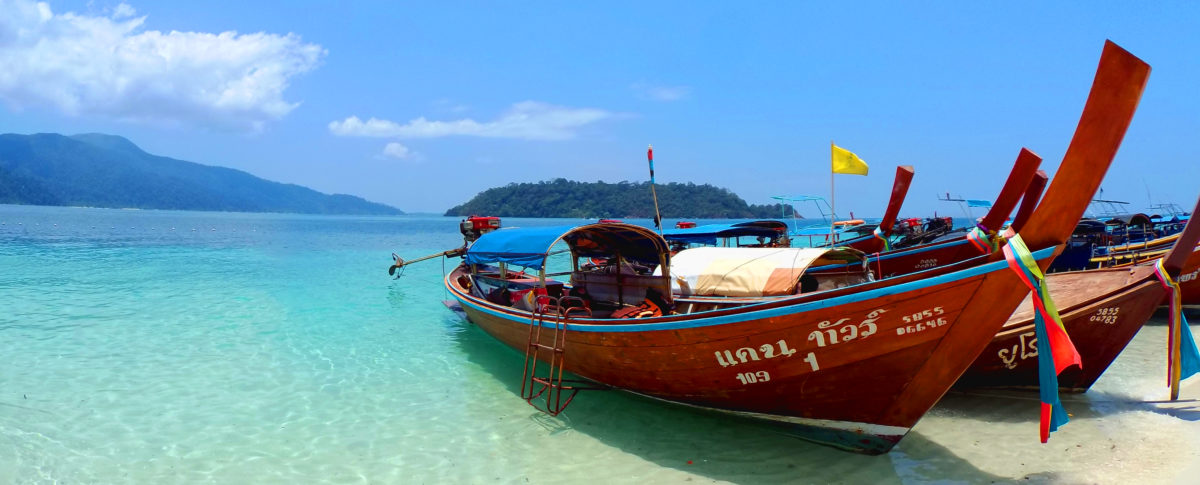A few weeks ago, I introduced a section in this website called Flying 101. Posts under this category aim to take the readers through the basics & the ins & outs of flying. I already shared with you a comparison between low-cost & full-service airlines. I also gave you an introduction about the Philippine government-mandated airline taxes & fees charged by the airlines.
Today’s Flying 101 post will run you through the realities of flying low-cost airlines. Low-cost travel has significantly changed the aviation & travel industry over the years. Low-cost airlines have popped out in almost every country in the world & have provided a very affordable flying experience to humankind.
There is really no issue flying a low-cost airline. However, one must get ready for the following ‘realities’ when flying one.
It’s cheap but you get what you pay for.
Yes – it’s that cheap. You can get a ticket as low as free, ₱1, $1, €1 or 1 of whatever currency base fare plus taxes & fees. This ticket only includes a guaranteed seat on the flight in an almost all-economy class configured airplane. It also includes basic carry-on luggage of 7 to 10 kilograms, depending on how much the airline allows.
Nothing else is free.
Every extra inflight service or amenity comes with a fee. Passengers pay for check-in baggage allowance, inflight meals, a bottle of water & seat selection. Some airlines in other countries also offer priority check-in & boarding plus fast-track lane access for additional fees.
Most low-cost airlines offer fare bundles with combined add-ons for discounted rates. It’s always cheaper to avail these fare bundles than paying for every single add-on after selecting the basic fare.
Flight schedules aren’t the most convenient.
Low-cost airlines don’t have the most convenient flight schedules. The low-cost airlines here in the Philippines, have convenient schedules across the domestic network. Their international network has a different story. Most international flights leave either early morning, mid to late afternoon or late at night. Only a few international short-haul destinations (the likes of Hong Kong & Singapore) have regular schedules throughout the day.
Change fees are expensive.
Low-cost airlines impose very high change or rebooking fees. This change fee is on top of the fare difference you have to pay when changing your ticket. Change fees here in the Philippines can cost as high as ₱2,000 per sector. At most times, it’s cheaper to buy a new ticket. Make sure to check the price of the new ticket before rebooking your ticket.
Some low-cost airlines now offer flexible ticket options by charging a flexible ticket add-on which waives change fees & only charges the fare difference. This is a good add-on for this with unpredictable schedules.
Expect for an ‘OK’ overall service.
Don’t expect for a 5-star service when flying these low-cost carriers. You will usually experience bus boarding / disembarkation, a walk in the tarmac, paper boarding passes, crowded passenger waiting areas & frequent flight delays. You might even encounter not-so-clean airplane seats, tray tables & (sometimes) filthy cabin & toilets in general.
One thing you’ll notice, most of the ground attendants & on-board crew are friendly & accommodating – which is good!
Don’t get me wrong – I am not a low-cost carrier hater. In fact, I love flying low-cost airlines because of their super cheap fares. Flying these airlines come with certain realities we have to face. I’ve had a few bad experiences with some low-cost airlines but here I am flying with them again & again. At the end of the day, I am fine with these ‘realities’ as long as they take me to my desired destination safe & sound.
How are your experiences with low-cost airlines? Have you experienced some of those mentioned above? Share your experiences in the comments section below. Do you have any questions about anything mentioned above? Feel free to send them via e-mail to contact@thewkndtravel.com. Also, please follow me on my social media pages – Facebook & Instagram.
Thank you for joining me in today’s Flying 101 topic. See you in the next one! Stay safe & healthy.
